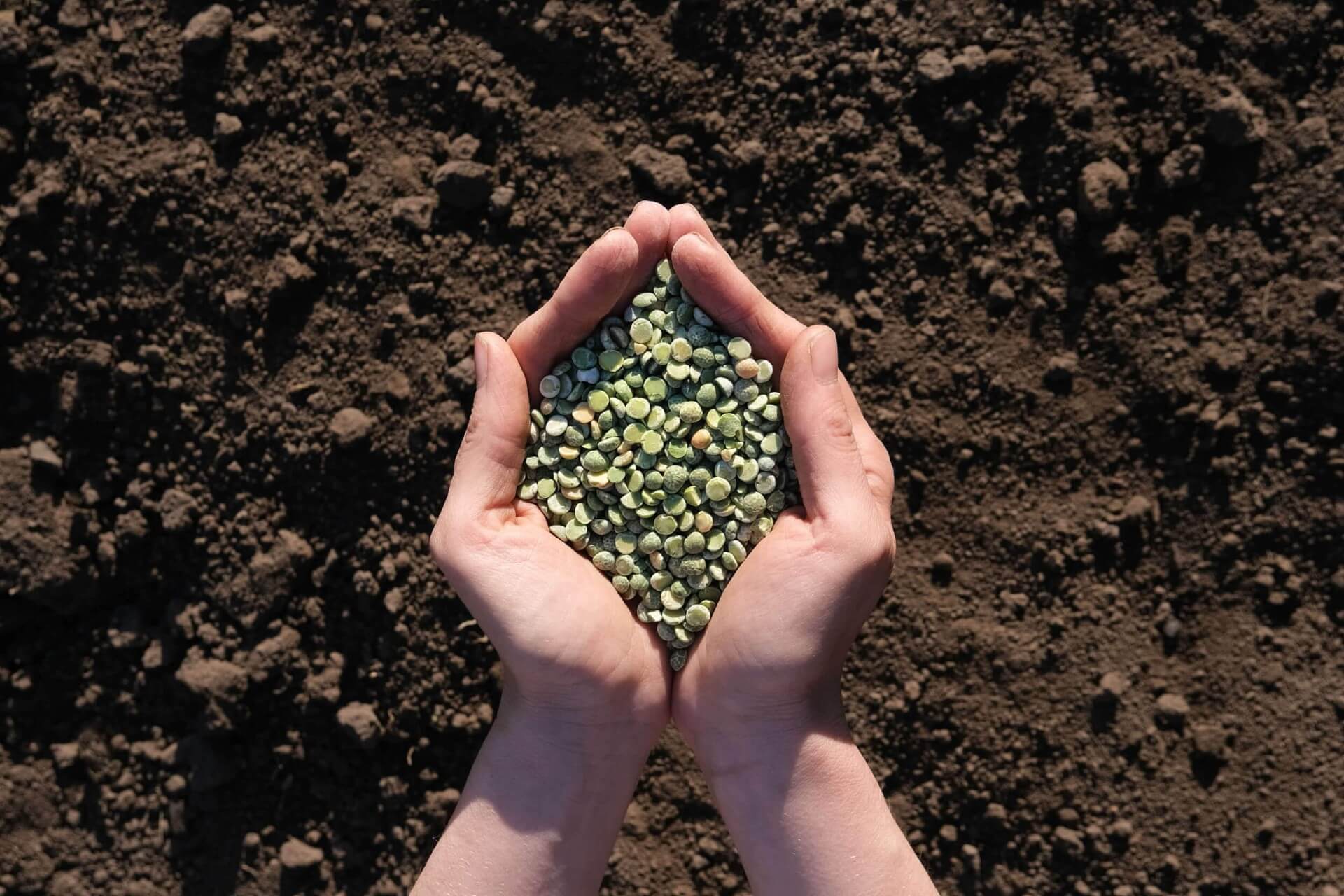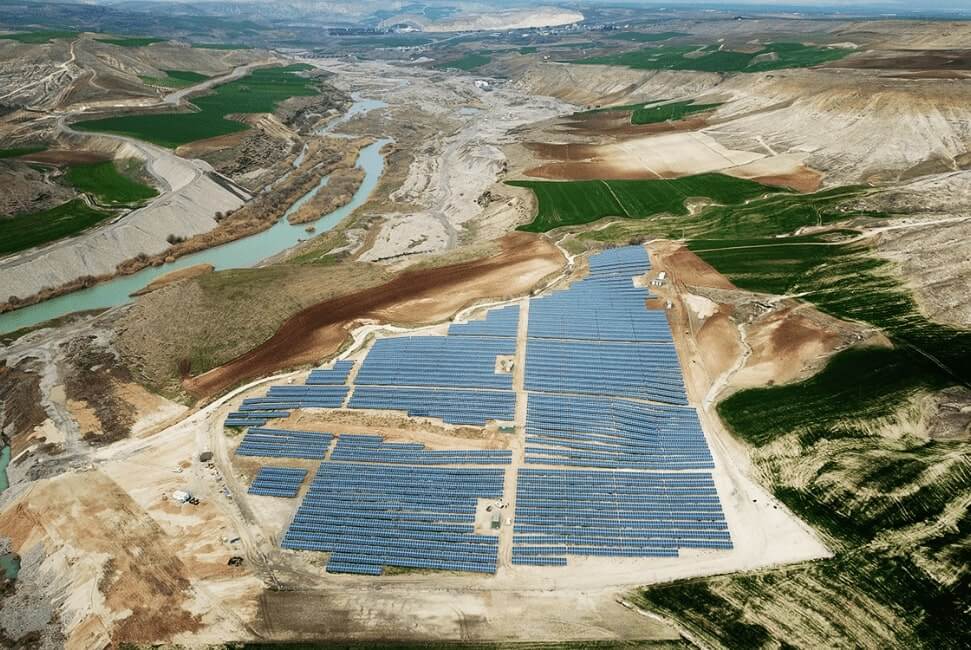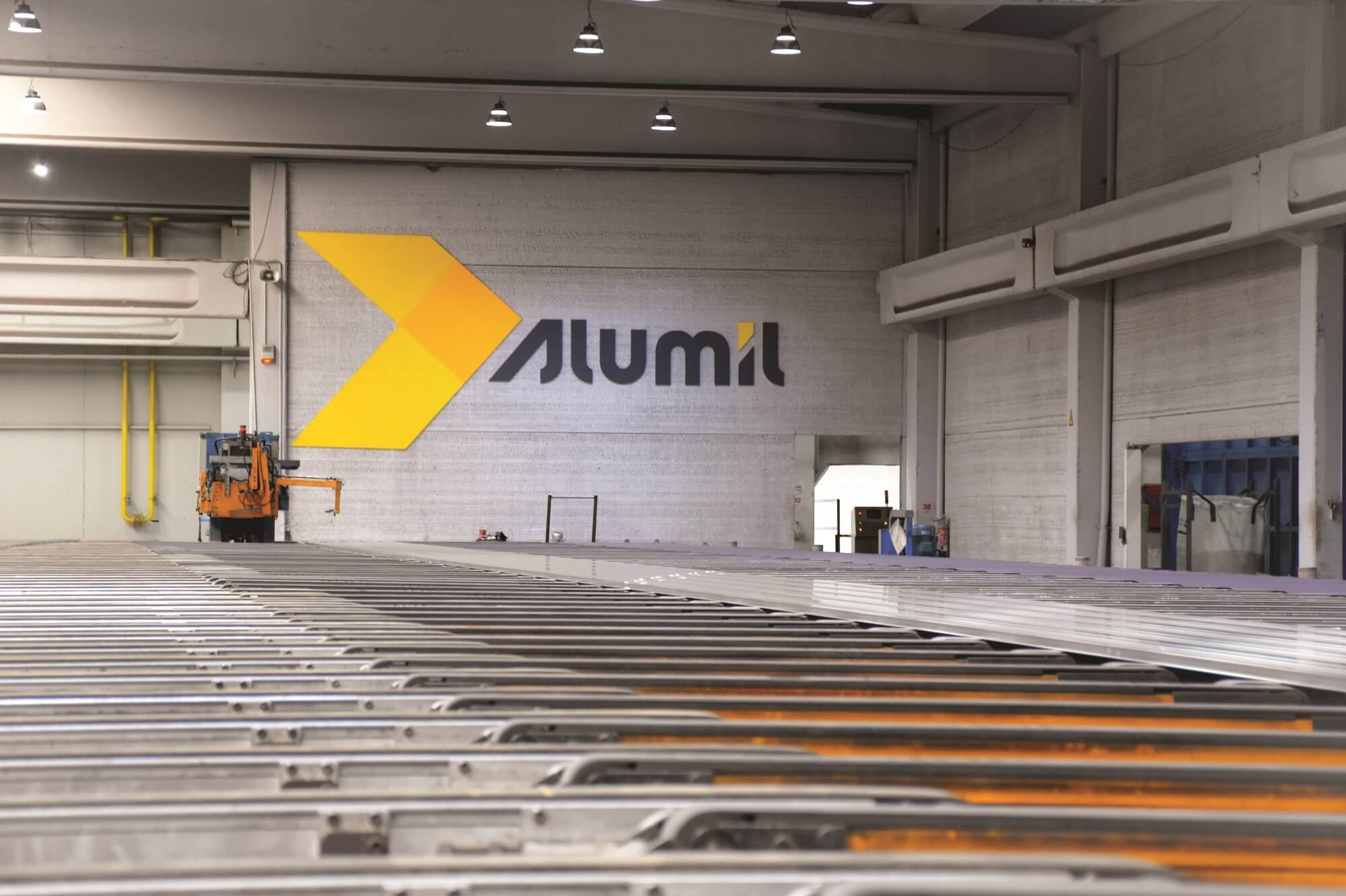News

The Arctic is changing: Why should we care?
At ALUMIL, we believe that the earth is our home, and its protection is our main concern. Therefore, we follow a sustainable development model and systematically invest in initiatives to protect the environment, as is reflected in the ESG reports we publish, an act of responsibility towards our stakeholders.
As the earth is currently facing enormous environmental problems, which the global scientific community is increasingly warning about, we consider it our duty to open, through this section, a discussion on the most critical environmental challenges of our time.
Changes in the Arctic and their consequences for the region
Our first topic focuses on the changes taking place in the Arctic, most notably the ice melting and, consequently, the rise in temperature, changes that are having a significant impact on the region.
In particular, ice melting can lead to:
The extinction of wild animals, such as polar bears and elephant seals, which rely on ice for both hunting and breeding.
The disruption of ecosystems, which causes changes in the distribution and abundance of plant and animal species.
Rising sea levels, which could threaten many coastal areas.
The release of large quantities of carbon and methane, resulting in a further increase in temperature. Given that the Arctic temperature is rising at twice the global average, this change could lead to even more extreme weather events.
A frequently asked question: Why can't we speak with certainty about these effects?
The answer: Because the Arctic is a complex and dynamic system affected by factors that are interconnected and interact in unpredictable ways. Therefore, the global scientific community can only make predictions, not affirmations.
What happens in the Arctic, stays in the Arctic?
"What happens in Las Vegas, stays in Las Vegas." We can’t say the same for the Arctic though, as the changes that take place there can affect people all over the world. Some of the possible impacts:
Ice melting, rising sea levels and coastal erosion can cause incalculable damage to existing infrastructure as well as increase the cost of extracting resources such as oil, gas and minerals.
Rising sea levels may also make life more difficult for indigenous people who rely on hunting and fishing for their survival, leading to the displacement of entire communities.
Rising temperatures and extreme weather events may cause global food insecurity, disrupting agriculture and fisheries and leading to food shortages.
- Warming promotes the spread of disease-carrying insects (e.g. mosquitoes and ticks), resulting in an increase in the number of infectious diseases as well as their transmission rate.

What can we do?
To stop or slow down the effects of climate change in the Arctic and around the world, it is necessary to reduce the emissions of greenhouse gases that cause global warming. How can this be done? By taking actions that require the commitment of governments, businesses and citizens such as the following:
Increasing the use of renewable energy sources and reducing the use of fossil fuels.
Promoting sustainable agriculture and reducing deforestation.
Improving the energy efficiency of buildings, vehicles and appliances.
Encouraging sustainable transport by investing in improving public transport and providing incentives for extensive use of electric vehicles and bicycles.
Making sustainable choices in our daily lives that reduce our environmental footprint.

What do we do at ALUMIL?
At ALUMIL, we seek to align our business activities with initiatives aiming to reduce our environmental footprint, such as the following that is also included in our 3rd ESG Report:
Our new aluminium scrap sorting unit makes a significant contribution to reducing our environmental footprint, as the production of recycled aluminium achieves energy savings of 95% compared to the production of primary cast aluminium.
To achieve the same goal, in 2021 we purchased 10,000 MWh of electricity.
For 2021, greenhouse gas emissions at our facilities amounted to 85,125 tn, with 65,103 tn resulting from electricity use. (Total CO2 emissions at the primary energy level are calculated based on emission factors from total consumption from all sources.)
We are continuously improving power quality, with energy-saving interventions in the foundry and anodization facilities in Kilkis.



